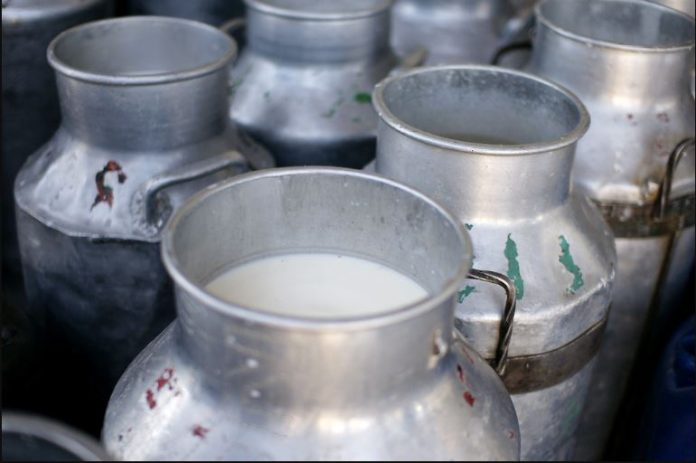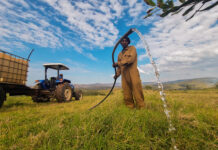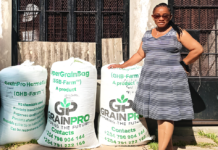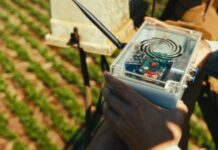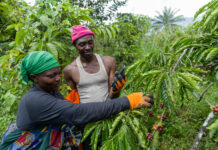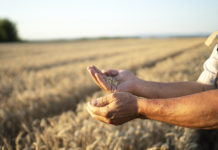Nakuru County in Kenya has recorded an annual production of milk 300 million litres. The county Governor Lee Kinyanjui attributed the gradual increase to adoption of good agricultural practices by small holder farmers and increased investments in milk collection and cooling infrastructure by the Ministry of Agriculture, the County Government and private sector players.
Governor Lee Kinyanjui said implementation of the Sh 570 million Nakuru County Dairy Value Chain Strategic Plan (NCDVCSP) and support from National Government’s Agriculture Sector Development Support Programme Phase Two (ASDSP II) has transformed many smallholder farms in the region into profitable ventures with farmers reaping the benefits of embracing new dairy technologies.
“Nakuru County now produces an average of 300 million litres of milk annually, an improvement of over 25% since 2019 making it the third leading devolved unit in milk production in the country with 381,600 dairy cattle after Kiambu and Murang’a counties. This has been made possible through sustained empowerment by processors such as New KCC and Brookside Dairy Limited through training on good dairy practices that encourage growth in milk volumes,” noted the Governor.
“Thanks to interventions put in place by the County Government, Ministry of Agriculture, Livestock and Fisheries through the ASDSP II programme and our partners in the private sector, dairy farmers in Nakuru are pocketing at least Sh 1.6 million daily in raw milk sales to processors. The growing fortunes of dairy have seen nearly every household in all the 11 Sub Counties, especially those in the rural areas, keep at least one dairy cow, as families seek a regular source of income,” he added.
Dairy farming
Dairy farmers in Nakuru earned Sh 11.7 billion from the sale of 300 million litres of milk last year with exotic breeds accounting for 60% of milk production and indigenous ones 40%. The Governor indicated that the joint initiative by his administration, the National Government and private sector partners incorporates upgrading local breeds to boost milk production.
“Farmers have been upgrading their local breeds through artificial insemination with support from both levels of government and other stakeholders. Over 6,000 farmers have used superior semen from approved bulls to serve cows so that the subsequent generation is improved to pedigree breed.”
He also noted once cooperative movement is fully adopted in the daily subsector, farmers will be able to get rid of costly transporters, and thus get more share of the producer price paid by processors.
“A co-operative mode will enable Kenya to modernize its dairy sector where farmers will be compelled to sell milk via dairy societies that also become channels for quality monitoring, credit access as well as dairy husbandry training,” added Mr Kinyanjui.
Traditionally, transporters collect raw milk from farmers and market the same to various outlets only for farmers to be paid at a set price minus Sh3 a litre as transport fee. This sees transporters bargain for better prices but retain low prices for farmers.
Mr Kinyanjui affirms that towards improving access to markets for dairy farmers, the County Government has been focusing on rehabilitating and developing infrastructure in rural and farming areas.
“Every year we have been making Sh 1 billion budgetary allocation towards improving road infrastructure in farming areas of this county. We want farmers to have easy access to markets and industries to acquire raw materials without incurring huge costs” says the governor.


